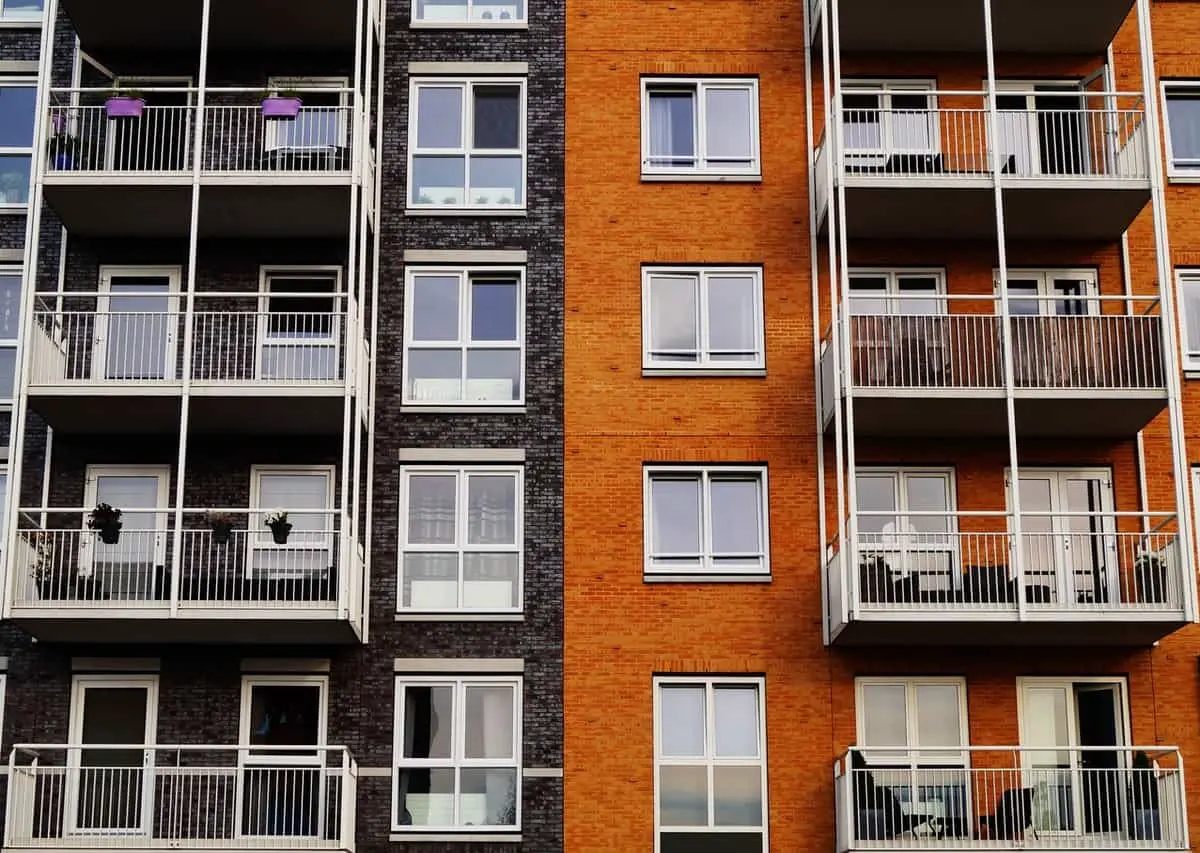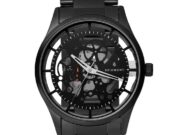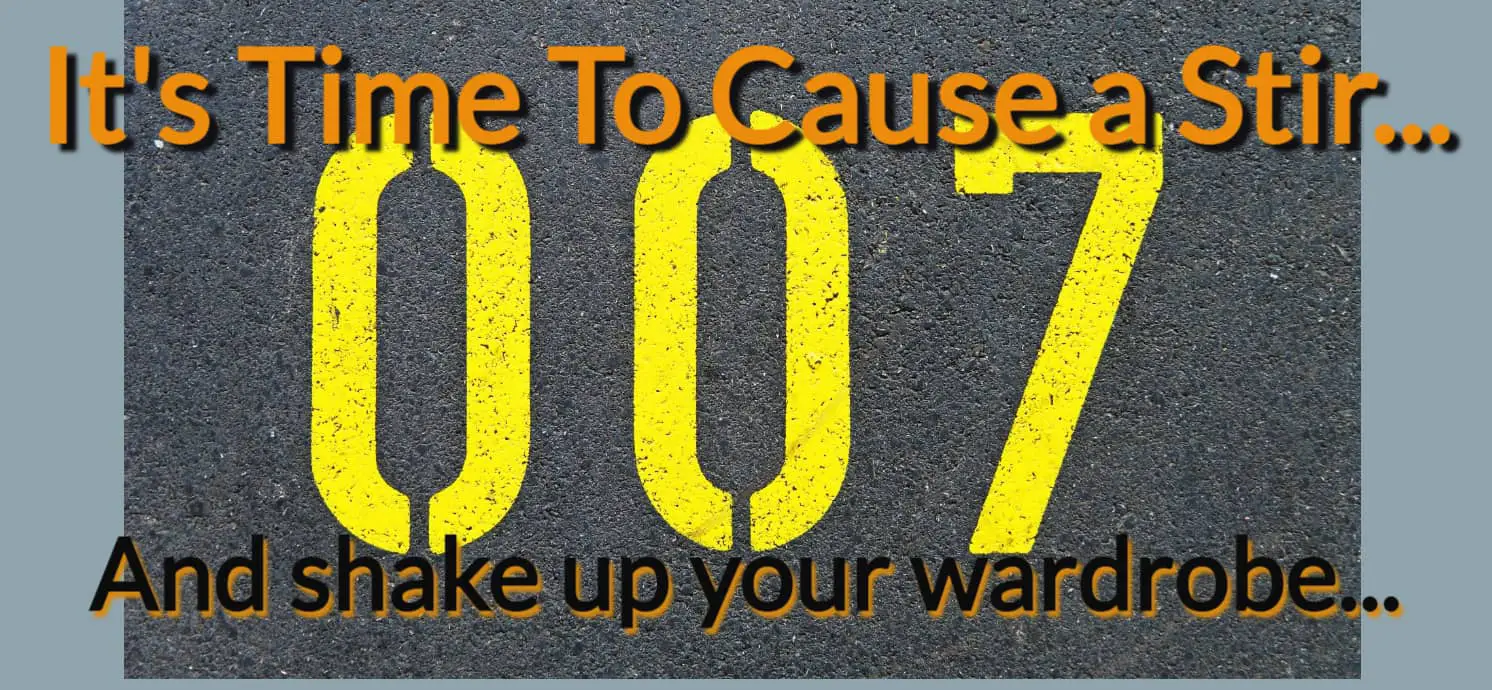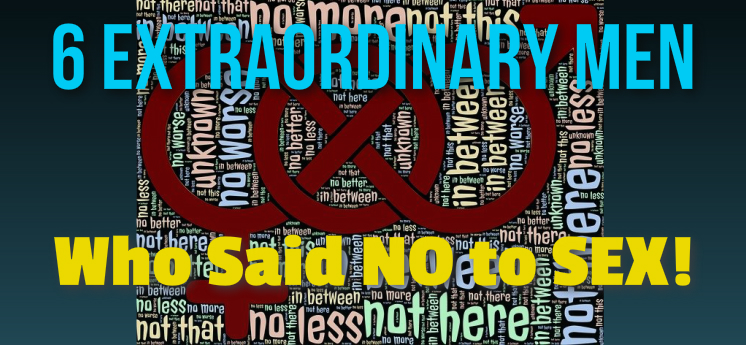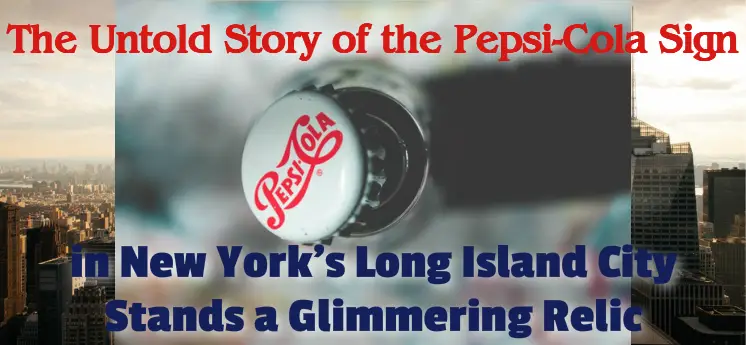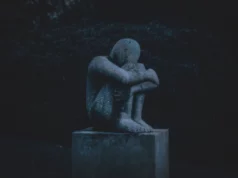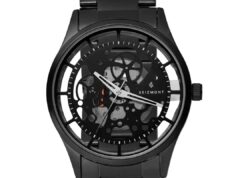“Coke vs. Pepsi” is the ultimate get-to-know-you question, one of the few debates with no middle ground. Yet, few know that this “soda war” has a history as rich and varied as the flavors each company offers. For instance, in New York’s Long Island City stands a glimmering relic of a time when Pepsi was not only competing against Coke but seemed to be taking the lead.
Before the stock market crash of 1929, Pepsi’s sales trailed far behind Coca-Cola’s, even driving the company towards bankruptcy on several occasions. However, fortunes changed with the onset of the Great Depression, when Pepsi-Cola instated a new marketing campaign focused on making its products affordable to the masses. By selling its twelve-ounce bottle for the same 5-cent price as Coca-Cola’s six-ounce bottle, Pepsi ascended to newfound sales success. In 1936, while Coke focused on recuperating its losses, Pepsi built a new bottling plant in Queens – with a massive neon sign crowning the building to proclaim Pepsi-Cola’s economic prowess (and 5 cent price) to the neighborhood.
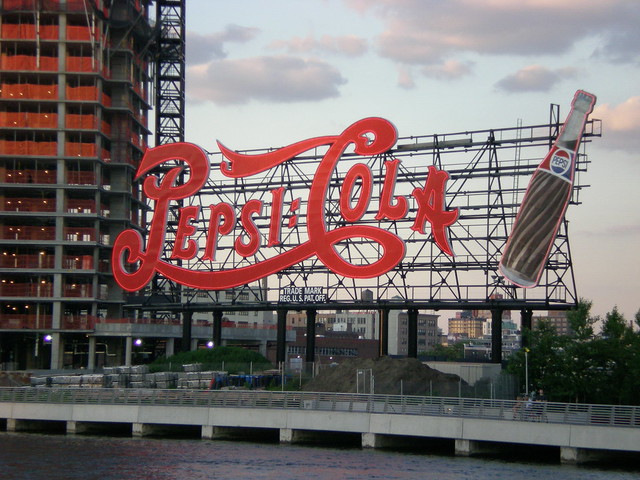
At 120 feet long and 60 feet high, the Pepsi Cola sign in NYC, on the East River commands the attention of all who pass. Viewed from the shores of Roosevelt Island, its looping red script stands out amongst the surrounding blocks of modern, monochrome high-rises. The logo’s typeface recalls decades long passed, and, even when seen in stark daylight, one cannot look upon the billboard without envisioning nights spent under its warm neon glow. The longest electric sign in New York state at the time of its completion, the Pepsi-Cola billboard has mostly retained its original design through the ages. Despite needing to be completely reconstructed after a 1993 storm, the advertisement stands apart from many others in New York City due to its commitment to cultural roots and resistance to change.
The same certainly cannot be said of the surrounding area. In fact, the sign’s most intriguing aspect is perhaps not its stasis but its anomalous placement in the current urban landscape. It does not mark the Pepsi headquarters nor serve as the sculptural centerpiece for a park; rather, it is squeezed into a thin stretch of land between an apartment building and a flood wall where it evokes the casual questioning of the passerby.
This peculiar placement is due mostly to the interest of the Landmarks Preservation Commission. As Long Island City began to transition away from its industrial origins in the late 1980s, the Commission expressed special interest in the sign in 1988. One by one, companies like Rolls Royce and Swingline moved their manufacturing plants out of the area, and the large neon signs that once adorned their factories were torn down and lost forever. However, Commission interest allowed the Pepsi-Cola billboard to survive intact even after the bottling plant formally closed its doors in 1999.
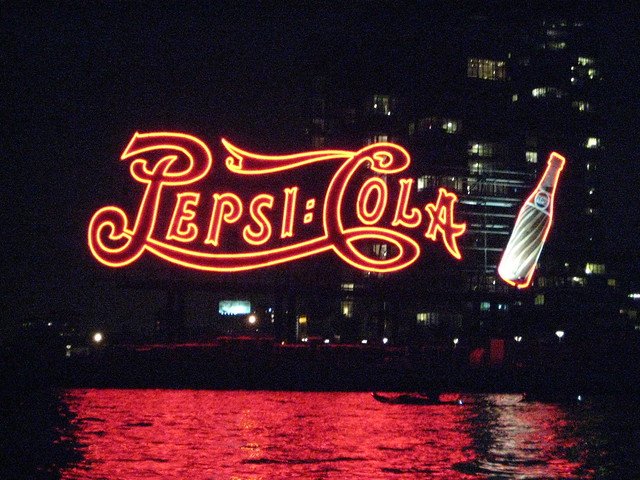
Pepsico sold all of their land holdings in the area to the Queens West Development Corporation – save for a small stretch of land where the sign could be relocated. Though changing zoning laws meant that an advertisement of the scope of the original billboard could never again be stationed in New York City limits, Pepsi hoped that their old sign could be “grandfathered in” with the help of the Preservation Commission. The plan worked. The ad moved to the waterfront as new developments went up around it, and, in April 2016, the Commission named the Pepsi-Cola Sign an official NYC landmark, guaranteeing its safety for decades to come. Not only does the billboard recall an era long gone, but it serves as a constant check on New York’s expansion as the city looks forward into the future.
So popular is this now treasured landmark that it has been reviewed and recommended as a tourist destination on TripAdvisor . Could be another bucket list destination to go with these top 7 vacation destinations





